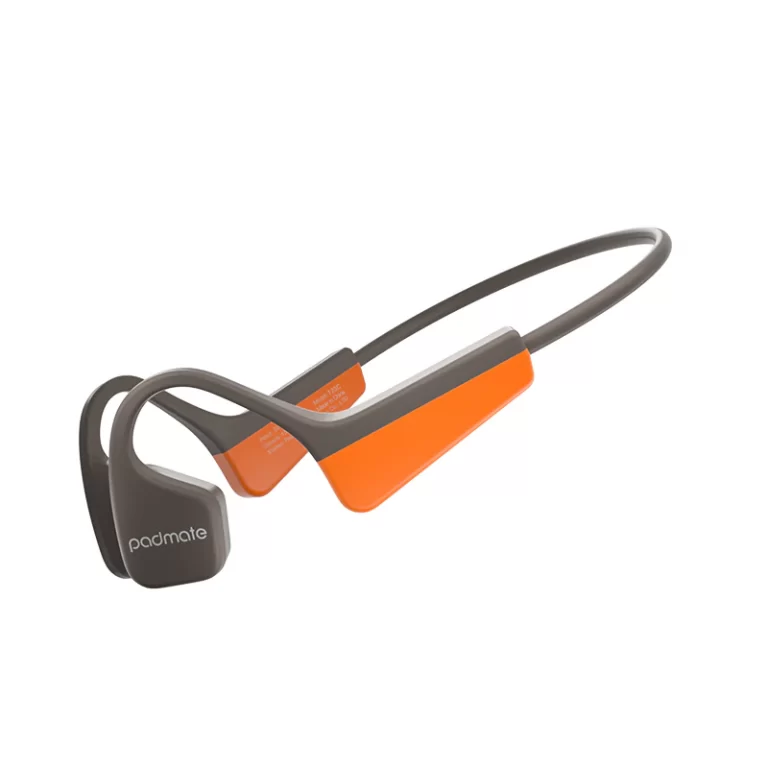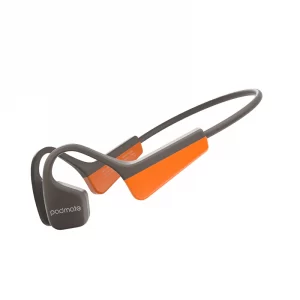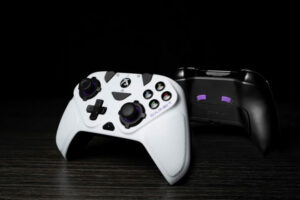Bone conduction headphones are all the rage for running, cycling, and working out at the gym. But are you willing to spend hundreds of dollars on something you might not like? The Padmate S30 is a low-cost set of bone conduction headphones that cost around half as much as rivals like the Shokz OpenRun, Shokz OpenRun Pro, and Mojawa Mojo1.
The open ear design of bone conduction headphones is one of the reasons they are so popular. While traditional earbuds convey music to your eardrums, bone conduction headsets like the Padmate S30 use your jawbones to send low-frequency sound to your inner ear. They achieve this by placing transducers in front of your ears rather than within them. This allows you to hear everything around you, including automobiles and people while listening to music, podcasts, or audiobooks.
The Padmate S30 features a sweat-proof design, a six-hour battery life on full volume. And a handy pause button for when you need to briefly halt the music. It also has USB-C charging, which is more convenient than the proprietary chargers that most rivals need.

What will you see here?
Price and release date: Padmate S30
The Padmate S30 is available in black, dark green, and grey with orange. It costs $59 (approximately £45 / AU$80) on Padmate’s own website, with international delivery. The headset comes with a short USB-A to USB-C connection and a set of foam earplugs in the box.
Design
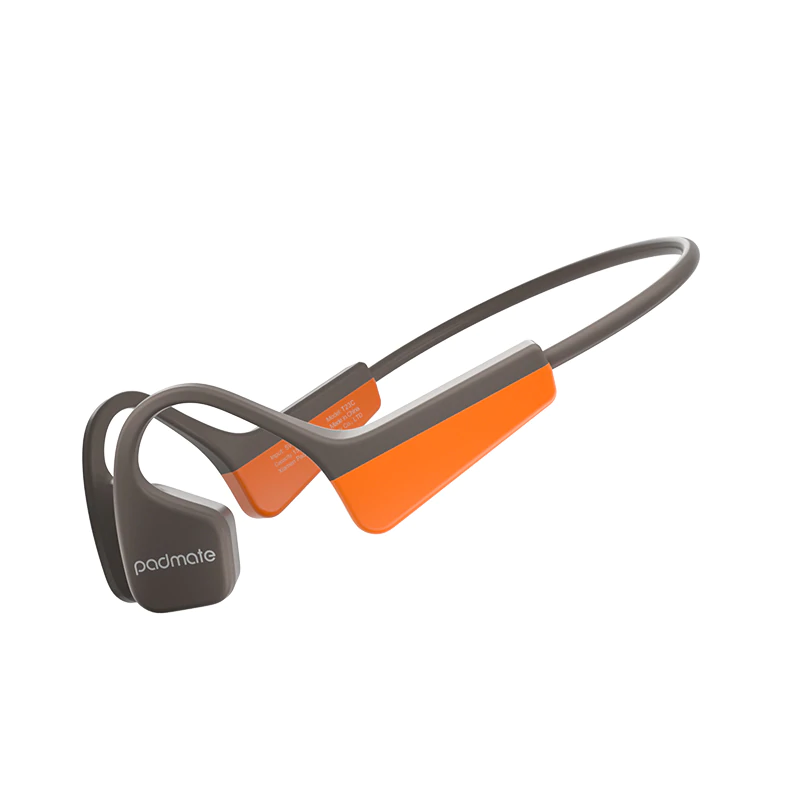
The Padmate S30 boasts a solid (and sweat-proof) design with a soft silicone covering over the headband and hard plastic transducers in front of your ears. It is a little heavier than its competitors at 30g, but it is still quite pleasant to wear. The transducers are huge and boxy, but they aren’t uncomfortable.
The controls of the Padmate S30 aren’t especially well designed. We’d anticipate volume controls and an on/off switch behind the ear on most headphones, but the Padmate S30 just features the latter. The only way to regulate the volume is through your smartphone, which is a little restrictive.
Furthermore, the pause button on the headset is located on the chassis behind the right ear. Rather than on one of the transducers, as is customary. Normally, buttons are placed behind the headband so that you can squeeze the headband to activate them; however, the Padmate S30’s buttons are on the side, making them more difficult to push.
When compared to other bone conduction headsets what we appreciate about the Padmate S30 is that it foregoes the proprietary charging cords that have become so popular in favor of a much friendlier USB-C port.
Features: Padmate S30
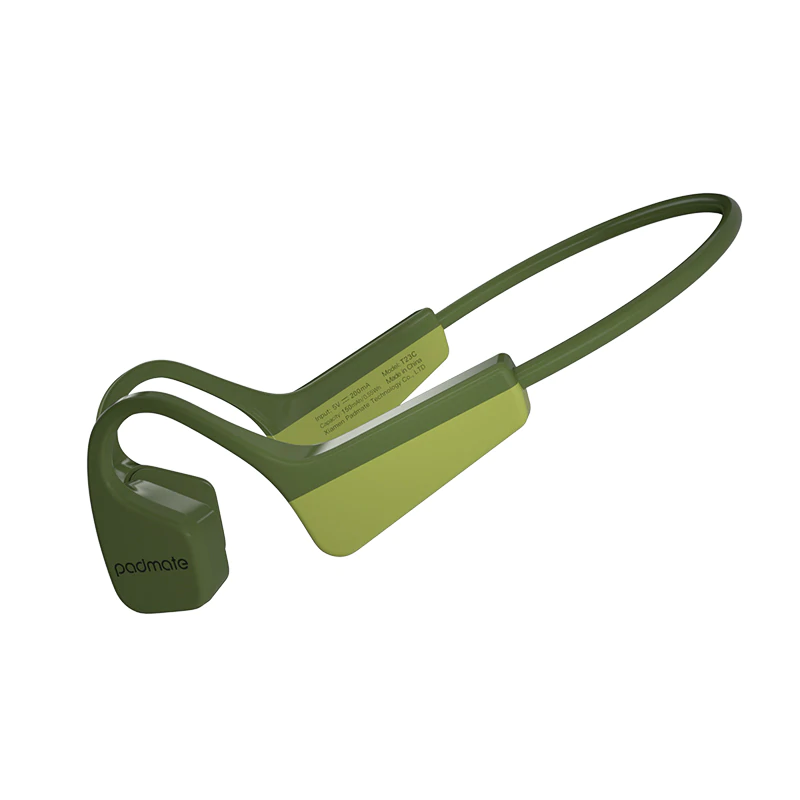
You’ll hear an extremely loud beep in your ear if you pause the Padmate S30 while listening to music or a podcast. Why? We don’t know. It’s a dreadful sound. When you push the same button to start playing, it happens again. It’s quite unsettling.
Aside from that, the Padmate S30 is rather basic in terms of features. But it has everything a typical runner requires, from sweat- and water-resistant design to hands-free calls and long battery life. In reality, the Padmate S30’s 150mAh lithium-ion battery lasts eight hours at half volume. That may appear fair, but in fact, you’ll be using the Padmate S30 at maximum volume all of the time, which means it’ll only last six hours.
That’s more than enough for intense workouts, and owing to its USB-C port, it’s quick and easy to charge (even from a power bank). It takes roughly 90 minutes to fully recharge the Padmate S30 from a dead battery. Controlling music playing, on the other hand, is difficult. The headset only has one button – an on/off switch – and it takes three clicks to go to the next track and four presses to return to the beginning. It takes four more steps to return to the old track.
Unfortunately, every attempt to alter the music, like pausing it, is met with a lengthy, loud, and completely unpleasant beep. A double-press is required to wake Siri or Google Assistant, which also requires a double-press.
Audio performance: Padmate S30
The Padmate S30 offers acceptable sound quality. This is good for podcasts, radio, and audiobooks but not so much for music. The Padmate S30 handles low-frequency sound excellently. And we didn’t detect any tickly vibrations even when the volume was turned up loud when listening to music. However, the sound was muffled and the treble highs were clipped. This isn’t surprising on a pair of bone conduction headphones, which are designed for comfort and usefulness rather than pure sound quality.
When compared to hi-fi-grade headphones, they are all lacking in detail, but the Padmate S30 is still noticeably inferior in terms of sound quality. The Padmate S30, on the other hand, would fit you well if you want to listen to podcasts, radio, and audiobooks while jogging.
Why to buy?
Almost all of the bone conduction headsets utilize their own proprietary chargers instead of the wires most of us use to charge our phones. It irritates. The Padmate S30, on the other hand, uses a much more user-friendly USB-C port.
We only suggest the Padmate S30 to persons who listen to podcasts, radio, or audiobooks because the Padmate S30’s presentation of music is quite basic. The Padmate S30 has plenty of bass and dialogue, but the detail isn’t its strong suit.
Have you heard about bone conduction headphones but are afraid to invest a lot of money on something you might not like? The Padmate S30 is a good entry-level option because it has all of the key features but none of the odd ‘tickly’ vibrations that other rivals have.
Why to Avoid?
The Padmate S30 makes a lot of beeping noises. For no apparent reason, quite loudly. Want to put the music on hold for a while while you cross the street? You’ll hear it, you’ll grimace, and everyone else in your direct proximity will hear it as well. It’s strange.
Bone conduction headphones don’t usually match the sound quality of ordinary earbuds, but the Padmate S30 falls short when it comes to music. Despite good bass. The treble highs are often clipped.
Although the Padmate S30’s six-hour battery life is more than enough, most of its more expensive rivals achieve at least eight hours… Despite the fact that the majority of them use proprietary charging cables.
Conclusion
The core features of these entry-level bone conduction headphones are impressive, and they work well with podcasts, but they fall short when it comes to music playing and lack user-friendly settings. The lack of volume control is very apparent. Bone conduction headphones are all the rage for running, cycling, and working out at the gym with a soft silicone covering over the headband and hard plastic transducers in front of your ears. The controls of the Padmate S30 aren’t especially well designed.

